
OR
Improve communications with Chinese and other potential investors: Yongyang
Published On: July 16, 2018 07:33 AM NPT By: Ayam Shrestha
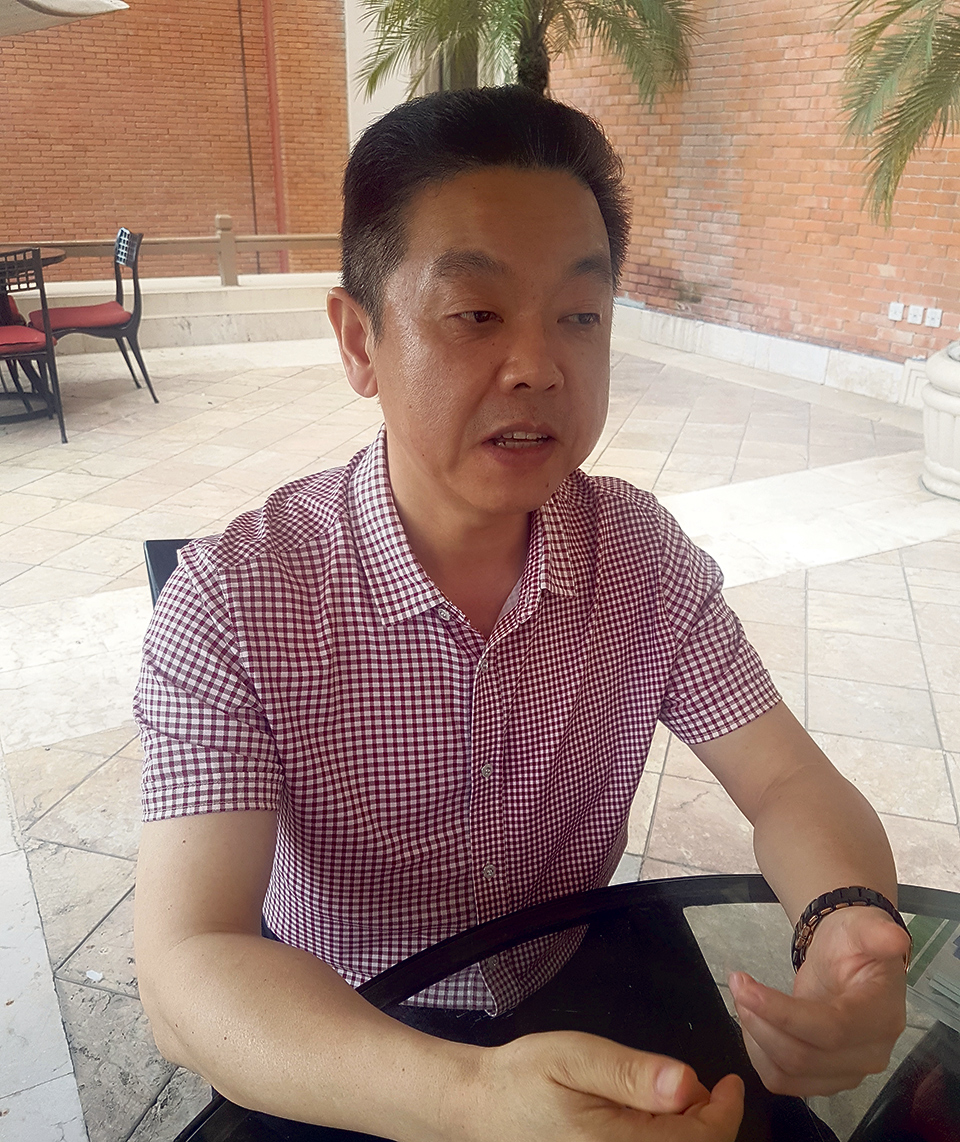
Chinese company Chongquin Machinary & Electronics Holding (Group) Co Ltd (CME) has partnered with People’s Energy Ltd (PEL) to construct the Khimti-2 Hydroelectricity Power Plant in Nepal. The 48.8 megawatt project of US$ 88 million is to be constructed in the Khimti River situated in the bordering areas of Dolakha and Ramechhap districts. The two companies signed a contract for this purpose on Friday.
Liu Yongyang, deputy general manager of CME, was in Kathmandu for signing the contract.
Republica’s Ayam Shrestha interviewed Yongyang to know about the project and his views on Nepal’s hydro sector. Excerpts:
Could you provide introduction to CME and what fields has it been involved in?
CME was established in August 28, 2000. Ever since, it has been investing in a variety of sectors that includes manufacturing of electrical equipment that includes generators, robotics and equipment used in nuclear plants, transportation system including railway and helicopter, electrical appliances used in communication and automation and many more.
What is the current status of Khimti-2 Hydroelectricity Power Plant?
We have signed an agreement with our partner for this venture – People’s Energy Limited on Friday and the model of our agreement is ‘Engineering, Procurement, Construction and Financing (EPCF) Model. And after that, the preliminary design of this project has also been completed. Following this, the design has further been approved by PEL. We are now moving on to the tender process for the construction of this project. We are now planning to start work for construction of the project once the monsoon rains subside, which means the project construction will probably commence by the end of August.
When do you see that the construction of this project will be complete?
We have spoken with the Nepal Electricity Authority (NEA) and we have made an agreement with the NEA to complete the project in a way making it ready for distribution by around December, 2020. We want to set an example among hydroelectricity power plants in the county since this is our first time investing in Nepal. And thus we will be chiefly focusing on completing the project on time or even beforehand of the designated date and on ensuring top notch quality construction work of the power project. The Khimti-2 is one of our top priorities and thus timely completion. We will make sure that we will meet the set deadline.
How do you see the future of hydroelectricity in Nepal?
Nepal has a lot of potential in hydro power and that is a fact we all are aware of. As of now, we have received immense amount of support from the Nepali people and officials, and we could not ask for anything more. However, something that we are concerned about that might come as a setback is the occurrence of unforeseen problems such as the earthquake that recently hit Nepal. However, we are confident that we will be easily able to overcome such disasters through good partnership with PEL.
The role of Foreign Direct investment (FDI) is always considered significant for Nepal’s development. How do you see Nepal as an investment destination? What are the areas we must focus on?
I see that Nepal is now at a stage that China was just a few decades ago. However, due to industrialization, China has come a long way from what it was before. We have gone through the same stages that Nepal must go through now and thus we as neighbors are willing to help Nepal’s economy grow. However, despite proximity of Nepal to China, our cultures, histories and traditions are very different. It is crucial for Nepal to improve communications with Chinese and other potential investors. Moreover, something that I see as a downside in Nepal is the fact that its infrastructure is not developed and thus construction work is hard to accomplish.
You May Like This
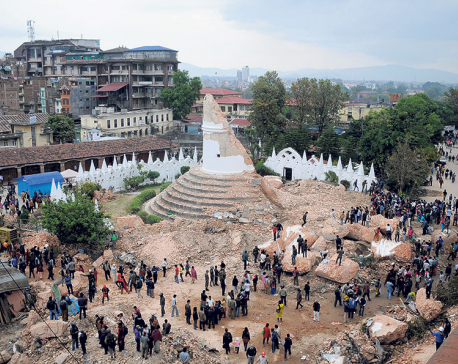
NRA seeks information on 6 Chinese firms from Chinese Embassy
KATHMANDU, July 22: National Reconstruction Authority (NRA) has sought information about six Chinese firms that have partnered with Nepali civil contractors... Read More...

Minister of State for Communications pledges new mass communications policy soon
KATHMANDU, Mar 23: Minister of State for Communications and Information Technology, Gokul Prasad Baskota, has pledged to bring a new... Read More...

Chinese investors create new firm to finalize purchase of AC Milan
Chinese investors set to buy AC Milan have created a new company structure in Luxembourg to finalise acquisition of the... Read More...


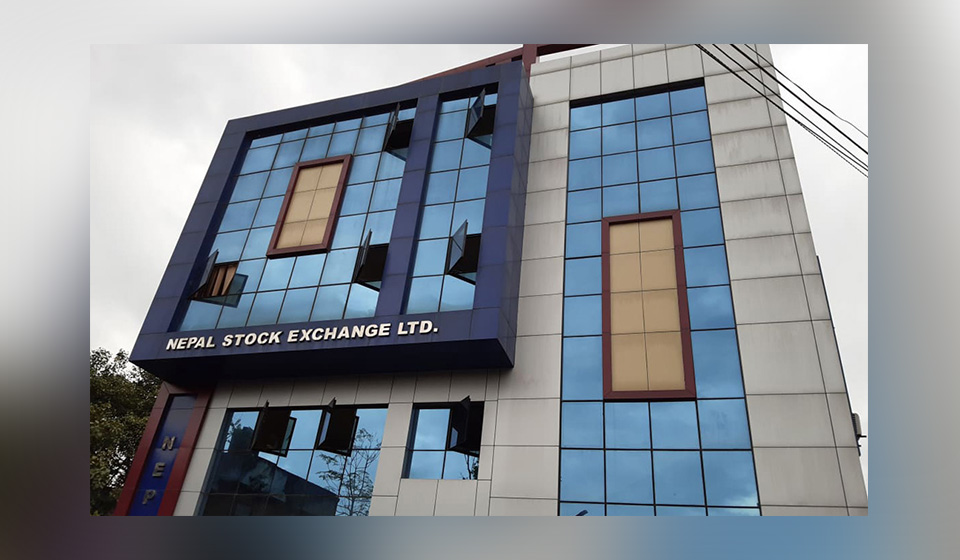



Just In
- Construction of embankments along seven streams begins in Kailali
- 265 cottage and small industries shut down in Banke
- NEPSE lost 53.16 points, while investors lost Rs 85 billion from shares trading last week
- Rainbow tourism int'l conference kicks off
- Over 200,000 devotees throng Maha Kumbha Mela at Barahakshetra
- Indians vote in the first phase of the world’s largest election as Modi seeks a third term
- Kushal Dixit selected for London Marathon
- Nepal faces Hong Kong today for ACC Emerging Teams Asia Cup






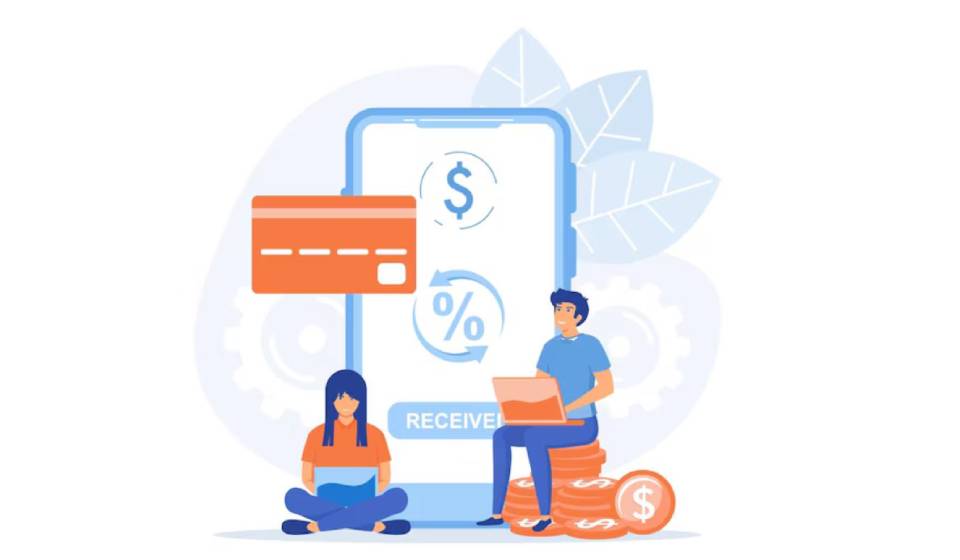


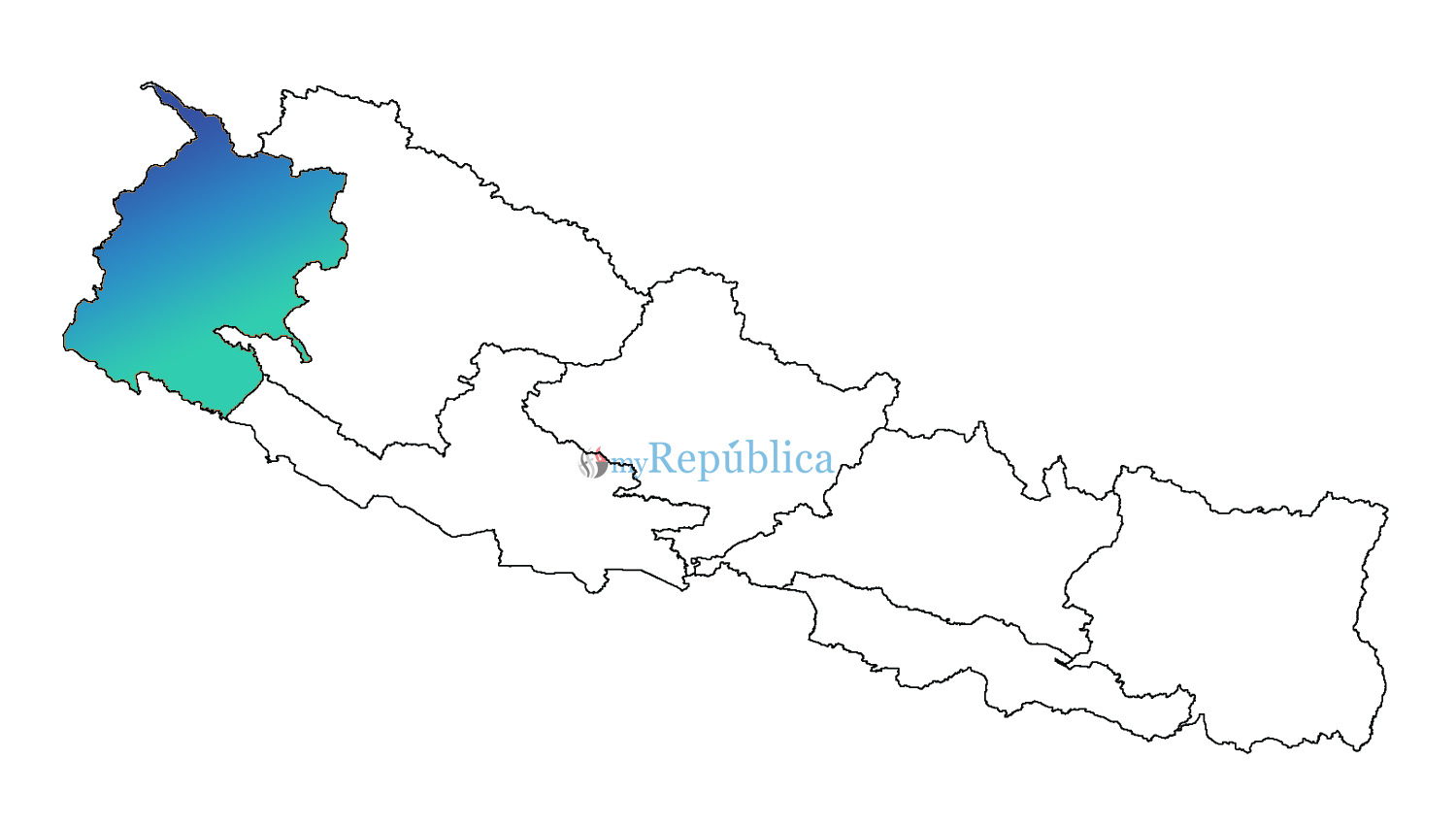
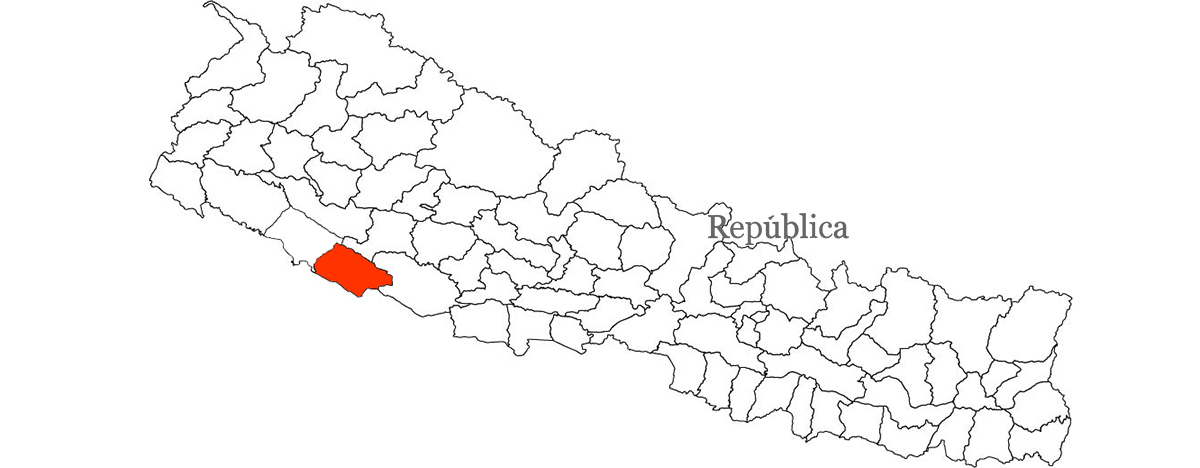
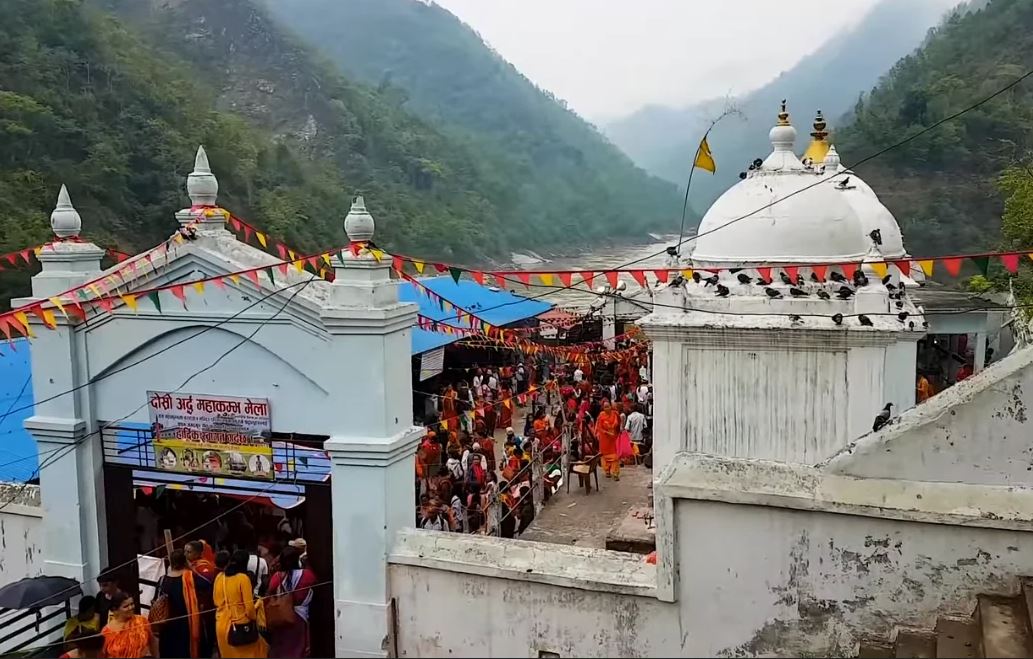

Leave A Comment